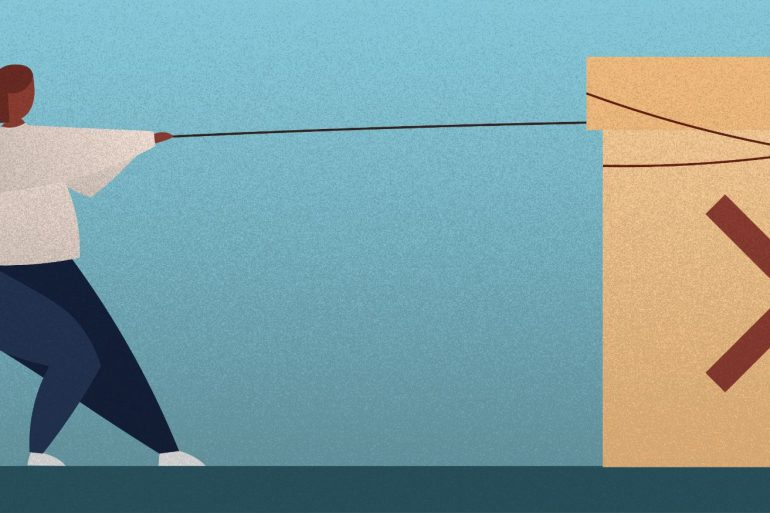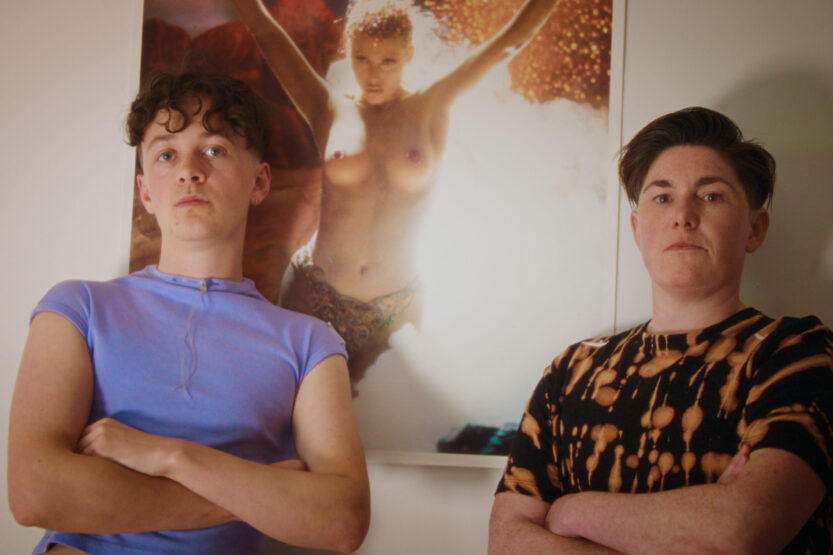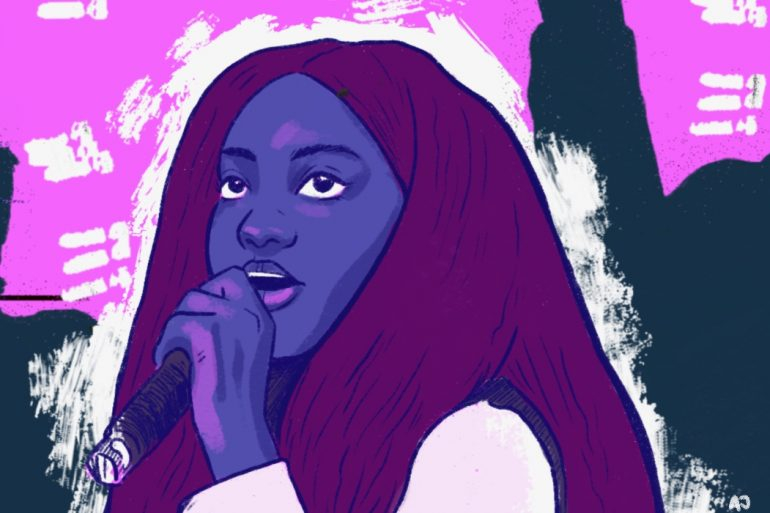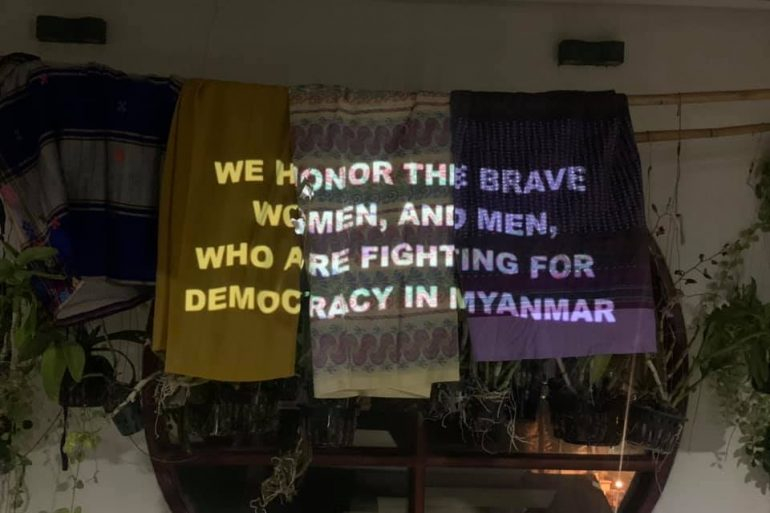Colombia is a dangerous country for many, and the 2021 National Strike and previous strikes have exposed just how dangerous it is for protesters. Colombia is also particularly dangerous for women, with over 320 victims of femicide and 77 reports of sexual violence reported per day. So how dangerous is it therefore for women who decide to go out into the streets to protest?
According to the NGO Temblores, the public police forces have been accused of at least 35 cases of sexual violence. In reality however, there are likely to be many others that probably have not been reported – and this number does not include any accusations of abuse perpetrated by protesters.
In order to understand more about the dangers women face when protesting, I spoke with Juanita Villamizar, a law student from Bogotá who has worked as a human rights defender since 2019, supporting women who have been abused and ensuring their access to mental and physical care.

Juanita told me that the cases she receives most often involve police officers. Unfortunately, these are also often the hardest to support. “When reporting police aggression there are many obstacles during the process, since any report against an individual is seen as an attack on the whole institution,” she explains. “Since the reporting process is so difficult, we don’t have accurate figures on how many cases actually exist.”
These obstacles are not only created by the state but also exacerbated by the media. “The traditional media have a huge amount of cultural and economical power,” Juanita informs me, “and they often use this to de-legitimise protestors or anyone with opposing views.” Most coverage of any sexual violence is therefore run by small independent media outlets or from international organisations.
Female protestors don’t just have police to worry about however, they also often face violence at the hands of their male counterparts. The recent case of a woman who claimed she had been beaten and forced by members of the Primera Línea (the frontlines) to enter into a lagoon in Bogotá without her clothes while being screamed at is a prime example of this. In the same declaration she stated that on July 5th she was also harassed while protesting in Portal la Resistencia.
When I asked Juanita about this case and how it was received by protesters, she told me that “Male protesters often only seem to care when cases of violence against women are at police’s hands. When it’s a case like the one in Portal la Resistencia, victims are often gaslighted and silenced by other protestors who believe feminists are trying to delegitimise the spaces that are created for protest”
It is important to note how similar these responses from protestors are to the traditional media and institutions who they claim to be against. “In the end,” Juanita says, “these protestors are reinforcing the patriarchal pact of silencing victims of sexual violence – and are in fact justifying the use of this violence”.
So state institutions only report sexual violence towards protestors when it’s at the hands of other protestors, and other protestors only seem to care when this violence is perpetrated by the police. This ends up in an endless loop, where instead of investigating those responsible, these stories are used to fuel the fire on either side.
So, what comes next? The amount of cases of gender-based violence has already forced some organisations to take steps to make reporting more accessible and to try and achieve justice for victims. Juanita explains, “In Bogotá, there is protocol coming into place which will allow the monitoring and systematisation of gender-based violence during protests. We’re hoping that this will eventually be applied at a national level which would symbolise a huge step in order to prevent future gender based violence in these spaces.”
Gender aside, protesting is a dangerous act. However, when protesting as a woman or minority, this danger multiplies exponentially. The reality, as Juanita explains, is that “in all spaces, from politics to the academy to protesting on the streets, women’s bodies are used as spoils of war. For justice to truly be achieved, everyone must work to dismantle the patriarchy from protest spaces. The revolution must feminist or not at all”.















